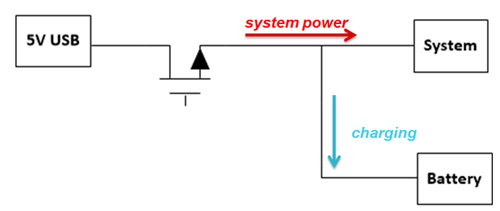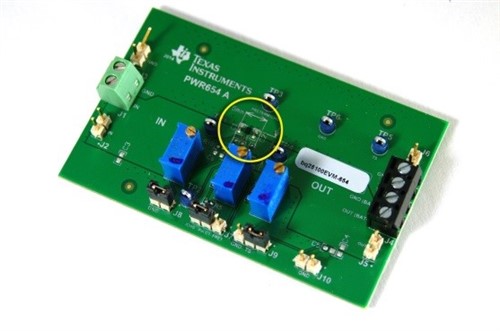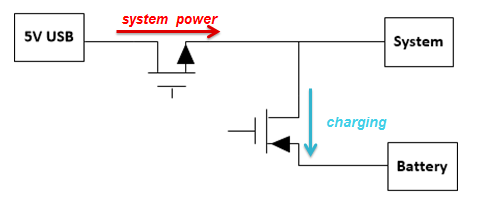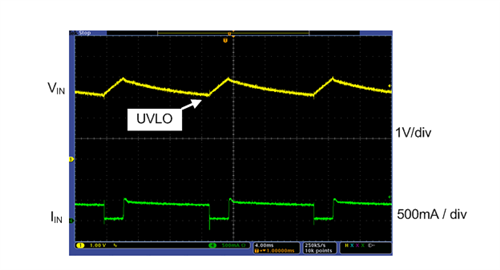SSZT880 November 2017 BQ24040 , BQ24072 , BQ25100 , BQ25120A
As electronic devices become smarter with more built-in features, they become more attractive but also more power-hungry, making rechargeable batteries an obvious economical choice. Charger requirements have evolved in recent years, with innovative applications, emerging technologies and new battery chemistries. For example, new applications in the wearables space such as smart bank cards, smart clothing and medical patches are driving smaller and cheaper solutions, and smaller and higher-power-density batteries.
Typical questions or concerns from designers include, “How can I maximize battery run time?” “How do I extend my products’ shelf life?” “Is it possible to over discharge the battery?” “What happens if the battery is missing or defective?” “How do I get my product to work with a weak adapter?” and “Can I use the same charger for different designs and different batteries?” In this blog post, I will discuss how different linear charger features can help resolve these issues.
Power Path
 Figure 1 Simple Non-power-path Linear
Charger Diagram
Figure 1 Simple Non-power-path Linear
Charger Diagram Figure 2 bq25100 Evm
Figure 2 bq25100 EvmThis architecture has a few limitations, however. The charger output, battery terminal and system input all connect at the same point. In the case of a deeply discharged or even defective battery, it may not be possible to power up the system even when connecting an external power source. The battery needs to charge to a certain voltage level before the system can power up. Thus, if a product has a deeply discharged battery, the end user may think that the entire system is dead when they plug in the adapter and find nothing happening because the system cannot power up. If the product actually has a defective battery, the system may never power up. For products with removable batteries, it may be possible to remove and replace a defective battery with a different pack. But if the battery is embedded within the equipment, a defective battery will render the entire product useless.
Another issue with this architecture is that the charger only detects the total current going into both the battery and the system. If the system is operating, how can a charger determine if the battery current has reached a termination level?
The solution to all of these concerns is fairly straightforward – you simply add in another switch between the system input and the battery terminal. Figure 3 shows the power-path linear charger architecture. In addition to the Q1 field-effect transistor (FET), which routes current in from the external source, adding one more switch (Q2) decouples the battery from the system when necessary. The system always has the priority of input power, and can turn on instantly when the end user plugs in the adapter. If the adapter has additional power left from supporting the system load, the battery can charge.
 Figure 3 Power-path Linear Charger
Diagram
Figure 3 Power-path Linear Charger
DiagramThis approach also allows the charger to independently monitor the charge current into the battery (as opposed to the total current drawn from the adapter) to allow proper termination and check for any fault conditions.
The bq24072 device family comprises stand-alone power-path linear chargers. The bq25120A is a newer device with more integration. Aside from the power path linear charger, it also integrates a DC-DC buck converter, an LDO, pushbutton controller, and I2C interface for customer programmability.
Ship Mode
Dynamic Power-path Management (DPPM)
Input Voltage Dynamic Power Management (VIN-DPM)
 Figure 4 Hiccup Mode
Figure 4 Hiccup ModeThe VIN-DPM feature resolves this problem because it continuously monitors the input voltage to the charger. If the input voltage falls below a certain threshold, VIN-DPM will regulate the charger to reduce the input current loading and thus prevent the adapter from crashing.
Now you can see that VIN-DPM and DPPM are in fact two very different features. VIN-DPM monitors the adapter’s output (or the charger’s input) and keeps it at a certain level. DPPM monitors the charger output (or the system rail) and maintains it at a minimum predetermined level. These two features can work very well together to allow smooth operation across different operating conditions. Not all chargers have both features. You can implement VIN-DPM on non-power-path chargers as well.
I used the linear charger topology as an example to illustrate some essential features related to power-path functionality, but switching chargers can certainly have this functionality as well. For more information on battery charger selection, see the Battery Charger Solutions page.
Additional Resources
- Check out these two other TI E2E™ Community blog posts by my colleague Ming Yu: